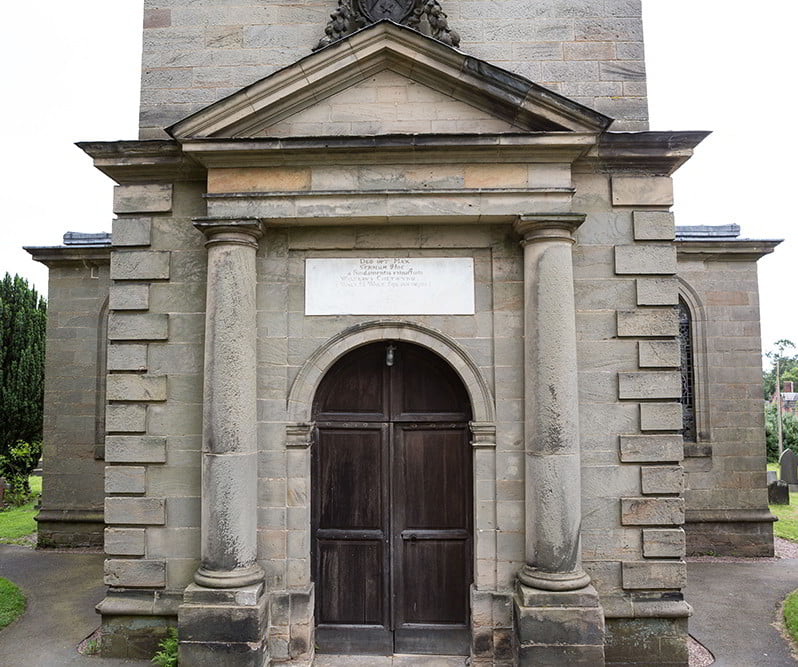The present church was built by Walter Chetwynd to a design attributed to Sir Christopher Wren. This is backed up by the existence of a drawing by Sir Christopher Wren labelled Mr Chetwynd’s Tower, now in a collection of Wren drawings in the Victoria and Albert Museum. Walter Chetwynd was a friend of Sir Christopher Wren and both were members of the Royal Society.
The foundations were laid in 1673 and the building was finished in 1676 and consecrated in August 1677 with the Bishop baptising a child, churching a woman, joining a couple in matrimony and burying another, all on the same day. The idea was to emphasise that this was a Parish Church, and not a private Chapel for the Chetwynd family.

